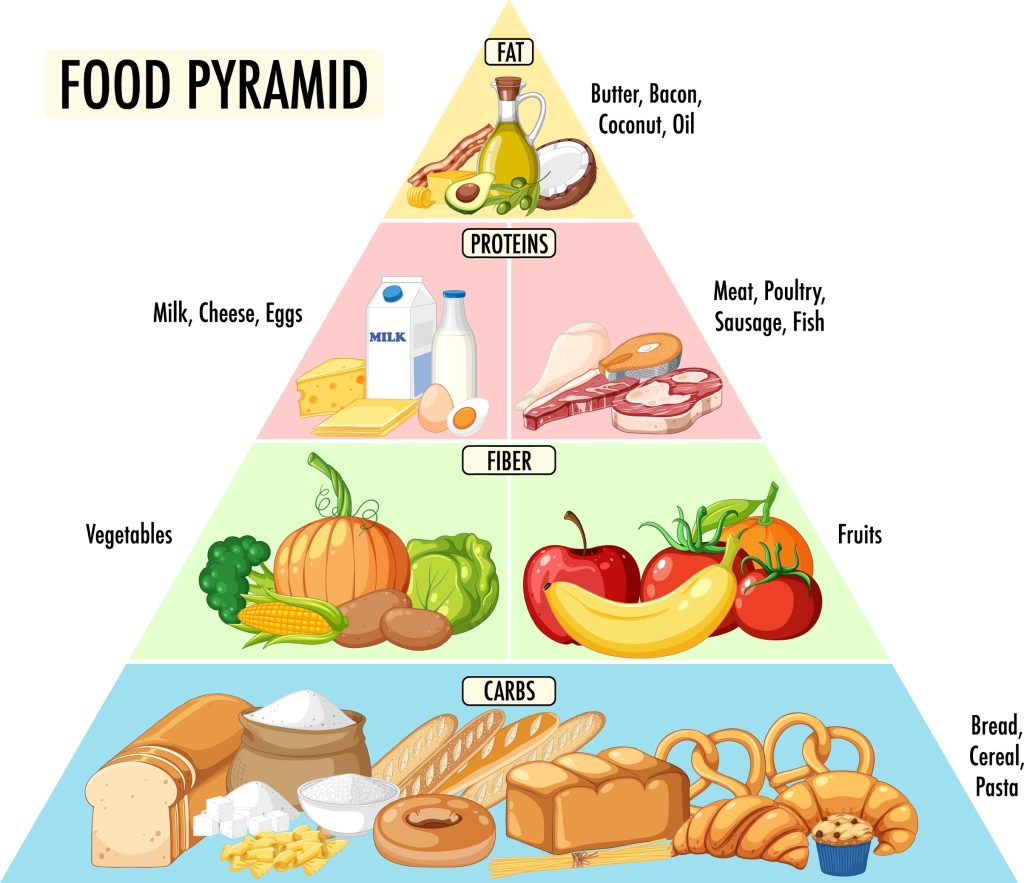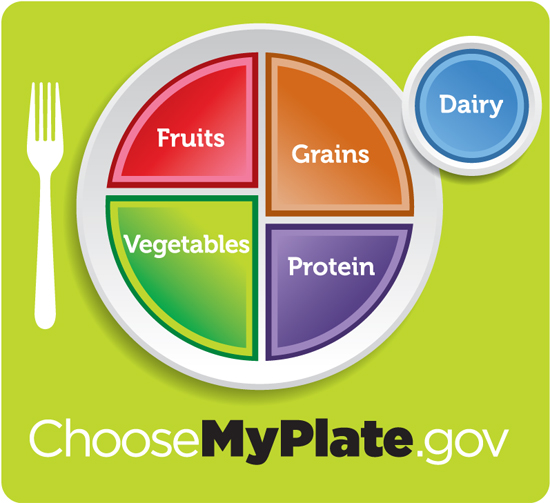 Many of us grew up knowing the Food Pyramid—a pyramid divided into six horizontal sections, with pictures of foods from each section’s food group. While it was easy to see what foods we should be eating the most—and the least—of, it didn’t give us a clear view of what proportion of each food would be most beneficial to our health. Nor did the pyramid reflect developing nutritional research, such as the benefits of certain fats and how not all carbohydrates and proteins are created equal.
Many of us grew up knowing the Food Pyramid—a pyramid divided into six horizontal sections, with pictures of foods from each section’s food group. While it was easy to see what foods we should be eating the most—and the least—of, it didn’t give us a clear view of what proportion of each food would be most beneficial to our health. Nor did the pyramid reflect developing nutritional research, such as the benefits of certain fats and how not all carbohydrates and proteins are created equal.Since the Food Pyramid was first developed, we have learned more about how food choices affect our health (both positively and negatively). As a result, the USDA unveiled the new MyPlate program, which was developed in 2011.
Created to resemble your dining plate, it is divided into four different-sized sections:
- Grains—approximately 30%
- Vegetables—approximately 30%
- Fruits—approximately 20%
- Protein—approximately 20%
MyPlate also features a smaller circle, representing dairy.

The new USDA guidelines emphasize fruits and vegetables, with these anti-oxidant-packed foods taking up half of MyPlate. The great news is that fruits and veggies help reduce obesity and decrease the risk of cancer, heart disease, and a variety of other diseases. (Photo courtesy of ChooseMyPlate.gov)
In unveiling MyPlate, First Lady Michelle Obama said, “And that’s why I like the MyPlate approach so much, because when it comes to eating, what’s more useful than a plate? What’s more simple than a plate? This is a quick, simple reminder for all of us to be more mindful of the foods that we’re eating.”
With this improved visual, it’s easy for adults—and children from elementary school age and up—to gauge proper portions. As long as we follow MyPlate, with half the meal in fruits and vegetables and the balance in lean proteins and whole grains, we can be sure we’re getting a balanced meal and warding off obesity, a major risk factor for breast cancer.
Want more tips on keeping you and your family healthy? Sign up for our newsletter to learn more about how healthy choices today make for a brighter future.